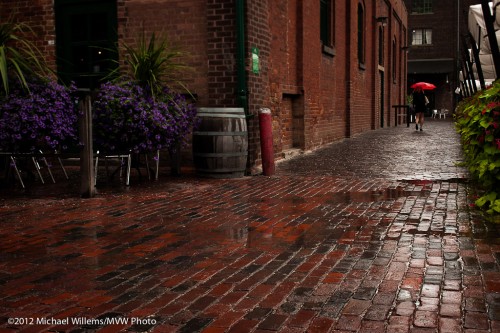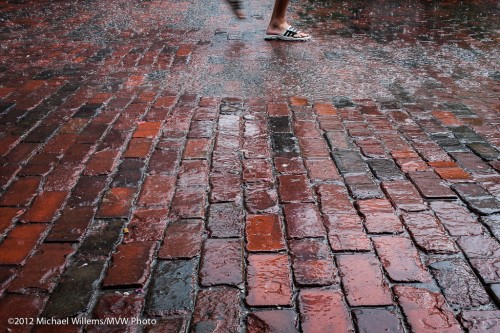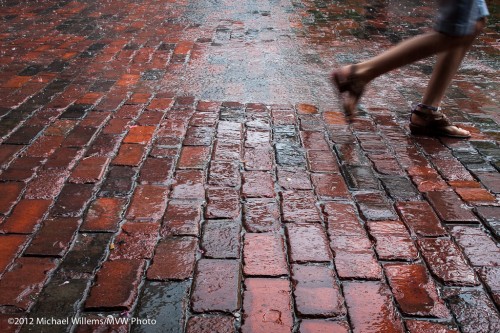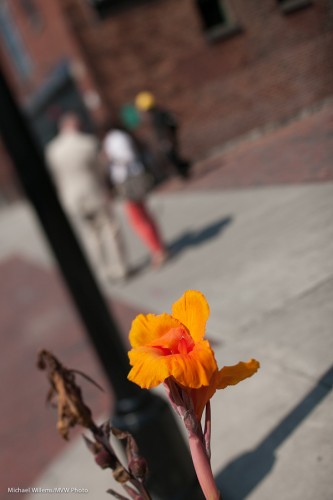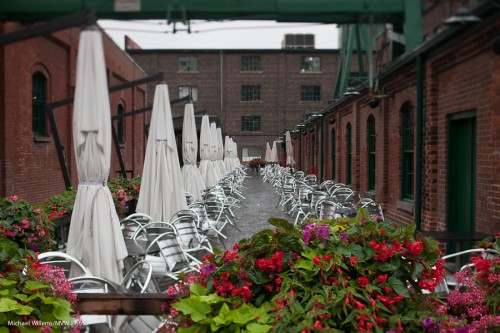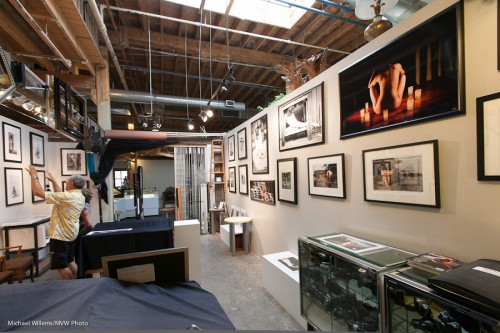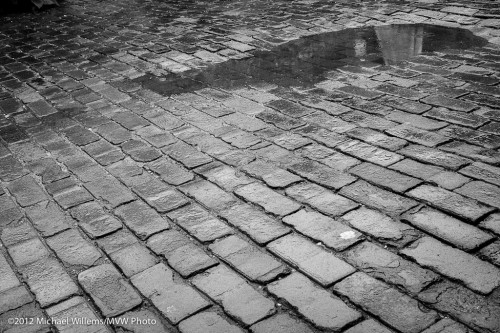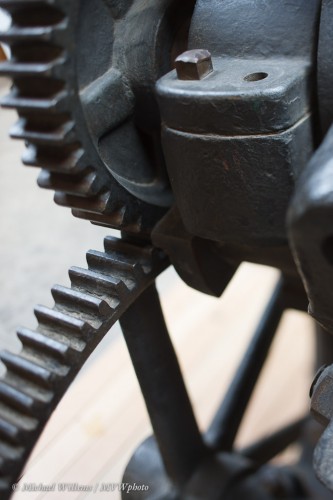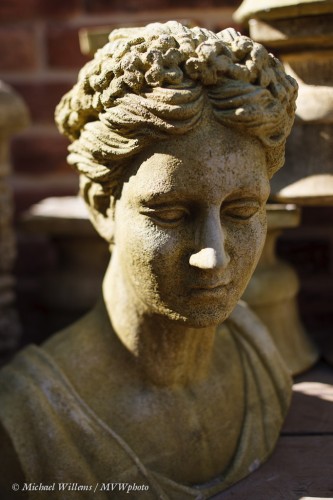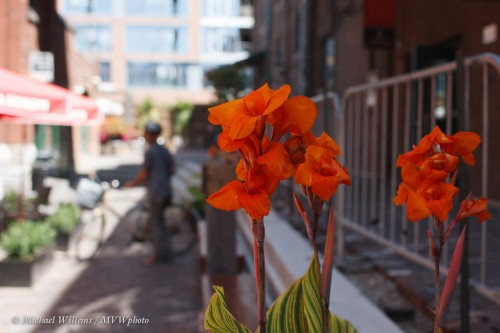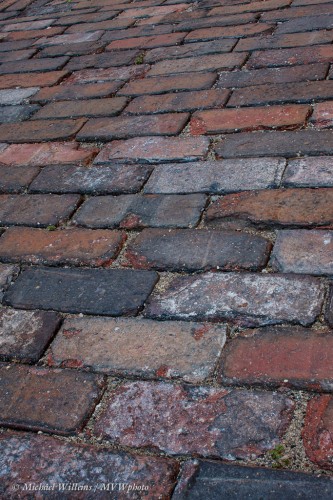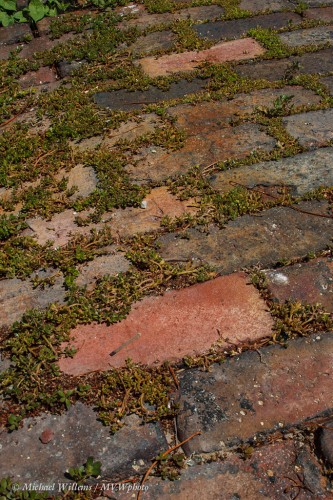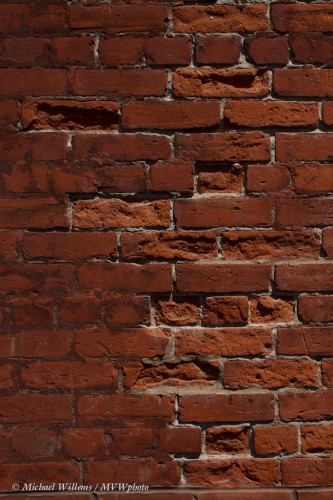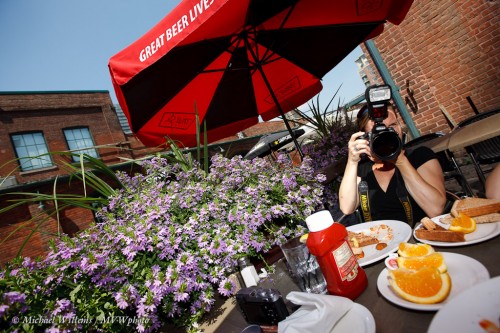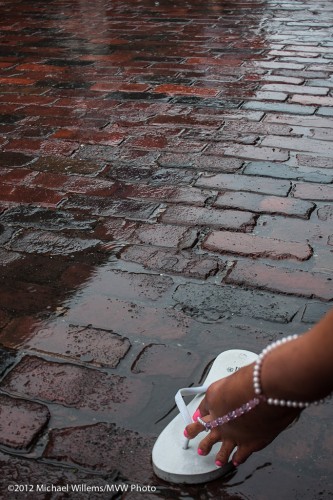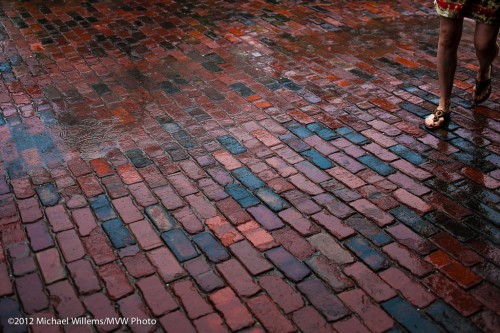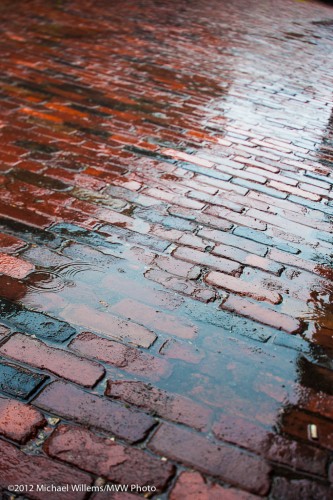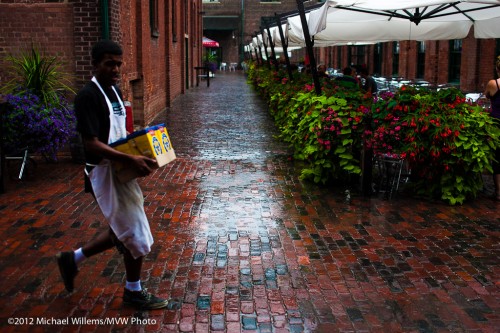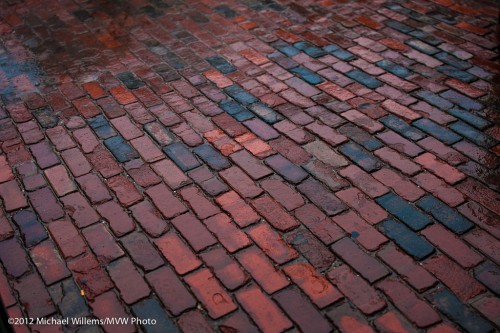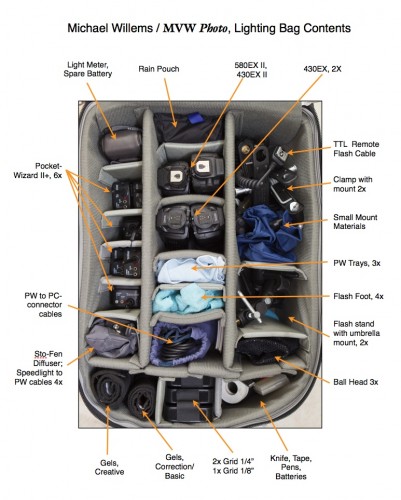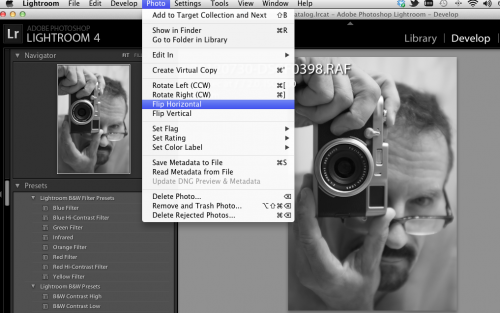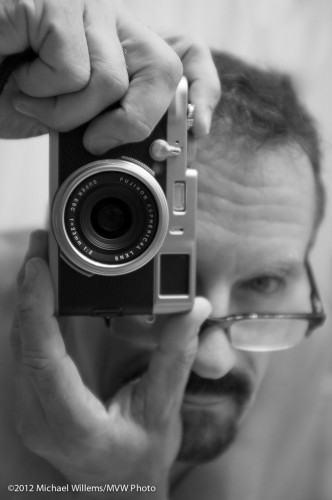It is rare that I feature photos not by me here, but today I will. And for a reason. As you know, I have been talking about photographing your environment. And you should, for many reasons: I just found a great example of why.
At the art gallery where I am having my show, I was yesterday afternoon reading “Photography Year 1977”, a Time-Life book with truly amazing photos. Beautiful.
One caught my eye – a Hopper, almost, I immediately thought (and Hopper is my favourite 20th century painter). The photo was by American photographer Stephen Shore. A photographer I had heard of in passing – but now that I looked at his work in detail, I am amazed and impressed, and reinvigorated as a photographer.
The image in the Time-Life book shows the terrifying (and terrifyingly moving) starkness of a small Saskatchewan town’s Main Street. This photo, it turns out, was recognised not just by Time-Life and me, but also by New York’s Metropolitan Museum of Art, on whose web site it is displayed:
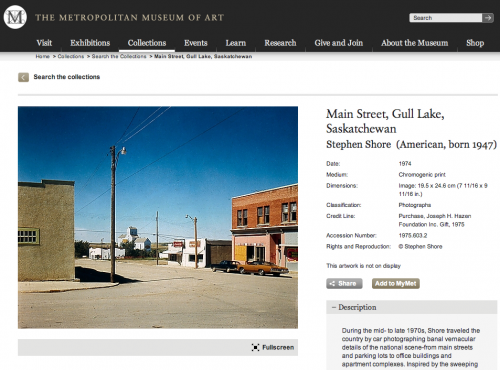
Here’s the photo: click the link.
And then I had the idea of looking up this street on StreetView. And yes, there it is:

Here from Google is the same view as in the original, just about:
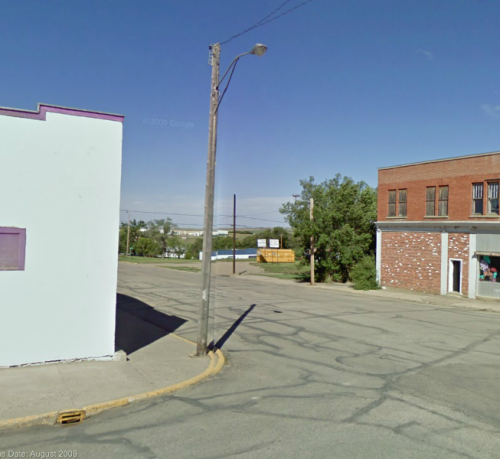
Wow. That street has become more stark, if anything. I wonder of the people living there and running their businesses there know about their street’s fame? If I were them I would buy a print, cost what it may.
Anyway – this is why it is great to photograph your environment. And yourself. And your loved ones. And your muse. And your relatives. And the rest of your life. So you can go back later to compare, do time and space travel, feel intimately how strange and moving and mysterious life is. Art’s most important need is that it moves you.

